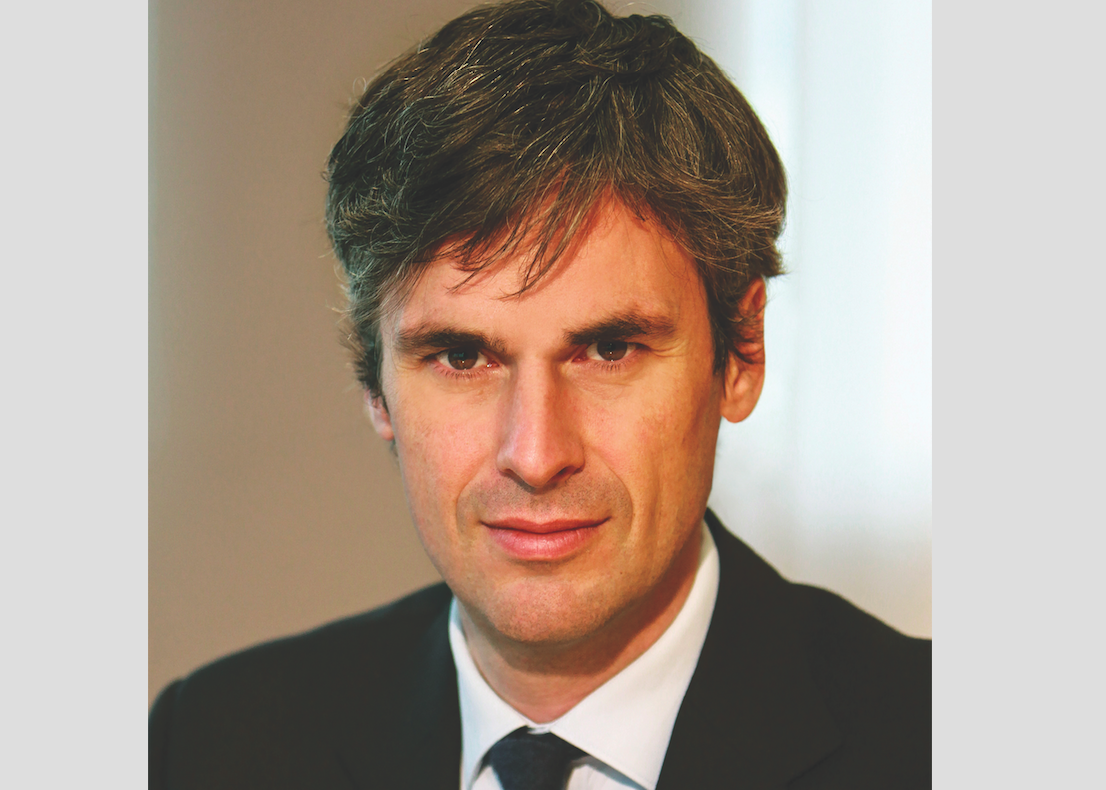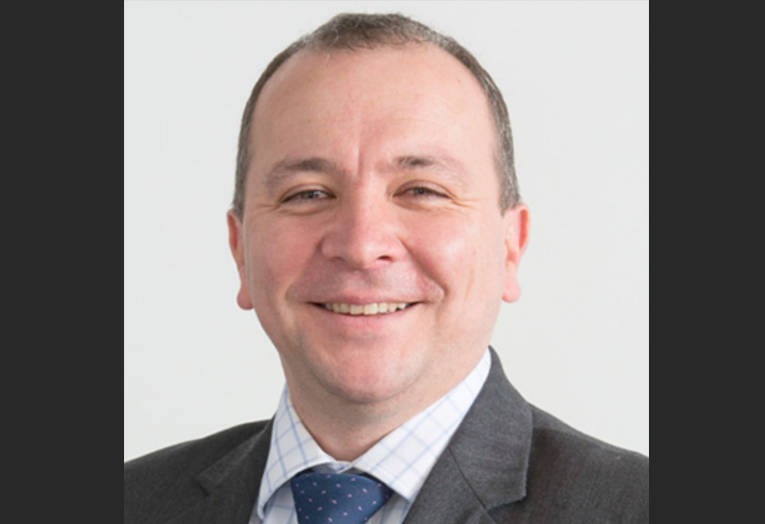Institutional Investors, Hedge Funds and Asset Managers: Which Sectors within the Industry are Jumping on the Cryptocurrency Bandwagon?
| By Beatriz Zúñiga | 0 Comentarios

Cryptocurrencies are not only gaining prominence among individual investors, but also among institutional investors. According to an Evertas survey, 26% of pension funds, insurers, family offices and funds say they will be “substantially” increasing their exposure to this asset class over the next five years.
“Our latest survey shows that institutional investors are enthusiastic about increasing their exposure to cryptocurrencies and cryptoassets in general, but it is clear that there are many issues relating to the infrastructure, operations and regulation behind these markets that are still of concern to them. Clearly there are issues that need to be addressed if we expect institutional investors to want to take advantage of the potential that this asset class can offer,” says J. Gdanski, CEO and founder of Evertas, a company specializing in cryptoasset insurance.
According to their survey, another 64% of institutional investors anticipate a slight increase in their exposure to cryptoassets in general and to Bitcoin in particular. As we explained a few weeks ago, this type of investor sees Bitcoin as an asset to protect themselves from inflation and currency devaluation. Even hedge funds admit to their increased interest in this type of asset, or at least this is what 32% of those surveyed by Evertas acknowledged.
This trend has also been noted by Lyxor. In its Lyxor Weekly report, the company explains that while Bitcoin’s bullish trend in 2017 was driven primarily by retail investors, it appears that the 2020 rally was driven by a broader range of investors, including institutional investors.
“Besides retail investors, family offices and high net worth individuals continue to be the prevailing investors and the sources of new Bitcoin wallets and IP addresses. Bitcoin benefited from a favorable environment, and was increasingly used as a hedge against declining real yields and heavy quantitative easing programs by central banks, as it was feared that this would eventually depreciate global currencies and trigger inflation. It also represents an alternative to declining equity dividend yields. As might be expected, the correlation between Bitcoin and gold and inflation (and, to some extent, equities) is now quite stable,” the report notes.
On hedge funds, he points out that they have become important players in the Bitcoin segment either through dedicated investment vehicles or by incorporating Bitcoin into their allocations. “Although still in its infancy, the market continues to gain depth, in terms of types of investors and product range. In the early days, asset managers focused primarily on direct long positions in cryptoassets such as Bitcoin, Ethereum or Ripple. Since then, the broader range of products linked to digital assets allows managers to implement more flexible and sophisticated strategies. Managers can now use swaps, options and futures indexed to cryptocurrencies; they can also focus on the income generated by the underlying technology. In addition, they can invest in securities issued by crypto-asset companies and their infrastructure, although most of these are still only accessible through venture capital and investment capital strategies,” he adds.
An example of this development is the decision announced by BlackRock, which will allow two of its funds to invest in Bitcoin through futures. At the end of January, the management company informed the SEC that it will include Bitcoin in the eligible investment universe of two of its funds: BlackRock Funds V (including BlackRock Strategic Income and BlackRock Emerging Markets Flexible Dynamic Bond Portfolio) and BlackRock Global Allocation Fund.
“Each fund may use instruments called derivatives, which are financial instruments that derive their value from one or more securities, commodities (such as gold or oil), currencies (including Bitcoin), interest rates, credit events or indices (a measurement of value or rates, such as the S&P 500 index or the prime lending rate). Derivatives can allow a Fund to increase or decrease the level of risk to which it is exposed more quickly and efficiently than with other transactions,” explained BlackRock to the SEC in its statement.
Another way in which asset management firms are approaching the cryptoasset universe is by investing in blockchain technology, which is becoming an increasingly popular area for thematic portfolios that invest in technology or those that follow technology megatrends. For example, Mellon’s BNY Mellon Blockchain Innovation Fund, which is one of the few actively managed blockchain products in Europe.
“Cryptocurrencies are part of the digital ecosystem. They have matured rapidly as the digital world has evolved, with increasing validity underpinned by the growing number of global constituents. The progress of regulatory bodies, the increased use of blockchain technology in businesses and a payments ecosystem help meet the banking needs of a whole new generation that is flourishing. Virtually all of these trends have accelerated as a result of global digitalization efforts to help solve the challenges created by COVID-19. In our view, these developments further validate blockchain as an integral component of the future technology infrastructure,” explain Erik A. Swords and Justin R. Summer, managers at Mellon.
According to these asset managers, “Bitcoin’s key features – being decentralized, supply-limited, secure and increasingly accepted – represent an attractive risk/reward trade-off against the significant tax burdens that central banks will be tempted to inflate as this whole digital transformation unfolds within the financial sector.”
An open debate
Although BlackRock’s decision may seem incidental, it is not; as it is the first time that one of the market’s largest fund managers has made such a decision. This contrasts sharply with the position held on this asset class by investment firms, as few of them are commenting on the subject. However, for example, Chris Iggo, Core Investments CIO at AXA Investment Managers, is willing to give his views on Bitcoin.
“I don’t think of it as a currency, because it has no fundamental legal or sovereign backing. For assets to be considered in a long-term investment portfolio, one should be able to attribute some fundamental intrinsic value to them: the long-term profit growth in equities, the credit risk premium in relation to risk-free rates in bonds. There is no Bitcoin cash flow other than that which is driven by the price change, which can be broadly negative or positive. Certainly, this is not derived from any fundamental economic cash flow such as profits or tax revenues. It is a speculative instrument that ultimately lacks any legal security, that cannot really be valued and which, by the way, has a huge carbon footprint. I would consider investing in or buying Bitcoin in the same way I would consider betting on the Grand National, but not as a serious long-term asset,” Iggo explains.
Billionaire investor Warren Buffett has also been critical of the asset class. Among his many pronouncements on the subject, this one stands out: “Cryptocurrencies basically have no value and they don’t produce anything. They don’t reproduce, they can’t mail you a cheque, they can’t do anything, and what you hope is that somebody else will come along and pays you more, but then that person has the problem. In terms of value: zero.”
Another critical, or at least reflective, opinion belongs to financial institutions. On this occasion, we have heard the European Central Bank (ECB) call for global regulation of cryptocurrencies. During the Reuters Next conference in mid-January, Christine Lagarde, president of the institution, described them as a “highly speculative asset.” She said: “I think there is an absolute need for global cooperation and multilateral action as initiated at the G7and then carried over to the G20, but it is something that needs to be addressed.”
Whatever the future of these assets may be in investors’ portfolios and in the composition of the funds created by fund managers, as Carlos Ruiz de Antequera points out, it will be imperative to have a good understanding of what cryptoassets are all about.
Latest news
One of the latest developments in the crypto area has been the announcement this week by Tesla that it has invested 1.5 billion dollars in the crypto and expects to begin accepting Bitcoin for payment “in the near future.” This investment will give the firm liquidity in the cryptocurrency once it starts accepting payments, after ending 2020 with only over 19 billion dollars in cash and equivalents.












